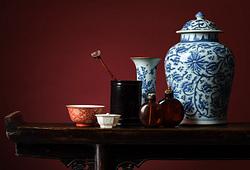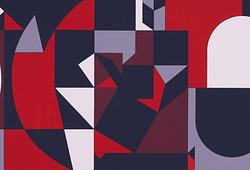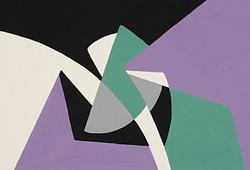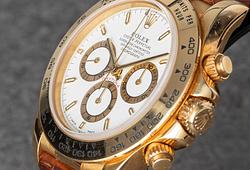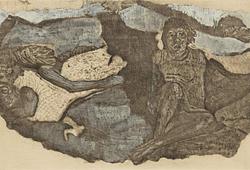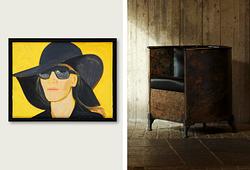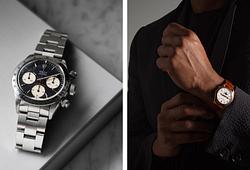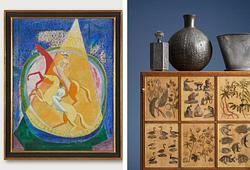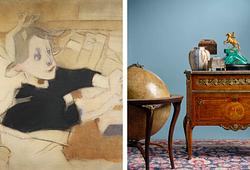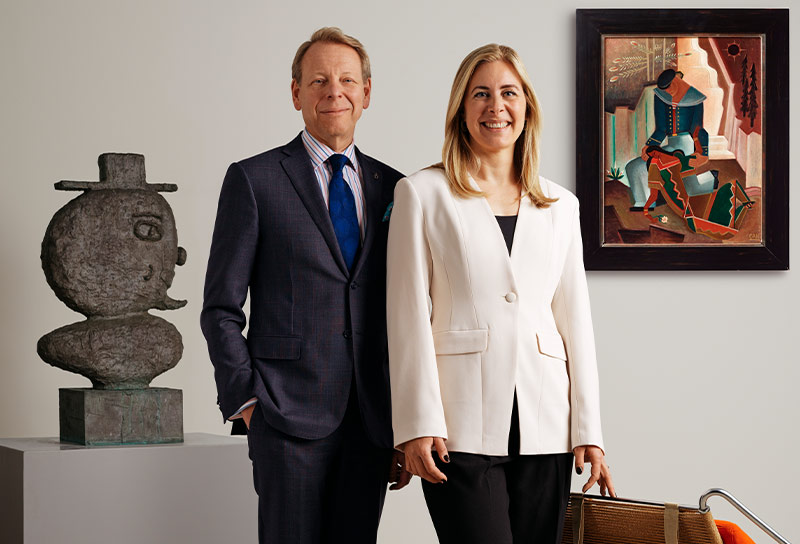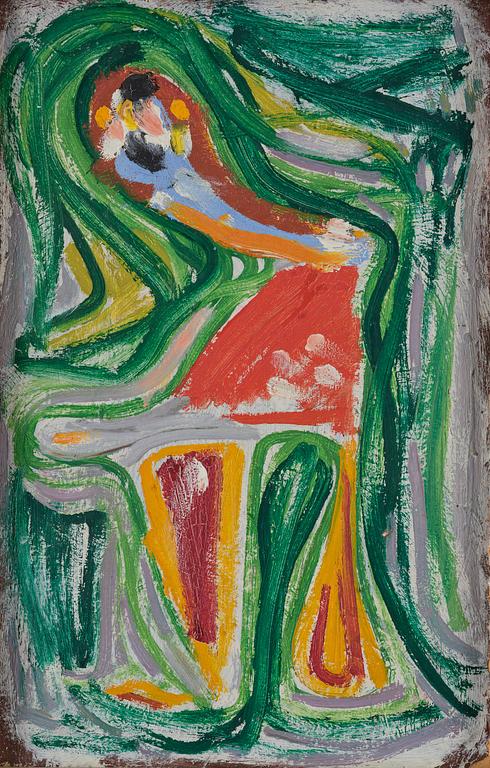Asger Jorn
Untitled
Executed in 1946. Oil on cardboard 38.5 x 24.5 cm. The work is registered with Museum Jorn under no. 462, we thank Lucas Haberkorn for the information.
Provenance
Nils and Alice Wedel.
Thence by descent.
More information
The avant-garde artist Asger Jorn painted spontaneously and impulsively. With a refined power in his handling of colour, he is the foremost Danish artist of his time. He made his debut in Silkeborg at the age of nineteen and continued his studies a few years later in Paris with Fernand Lèger.
Throughout the 1940s, Jorn moved beyond the surrealist, strongly Miró-inspired tradition in favour of spontaneous abstract art, in which the motif of the bird and the mask and figurative elements played a decisive role. In 1948, Jorn made a big breakthrough with his first solo exhibition in Paris at Galerie Breteau, and in the same year he formed the CoBrA group, an association of artists from Copenhagen, Brussels and Amsterdam, together with Belgian-Dutch artists Karel Appel, Corneille and Pierre Alechinsky, among others. It focused on informal and expressionist art. The group sought out the immediate and imaginative forms found in folk art and children's drawings. The aim was to liberate art from the norms and styles of Western culture and to express the fantasies of the subconscious without the censoring influence of the intellect.





